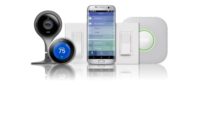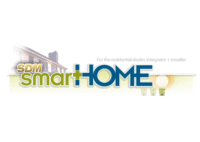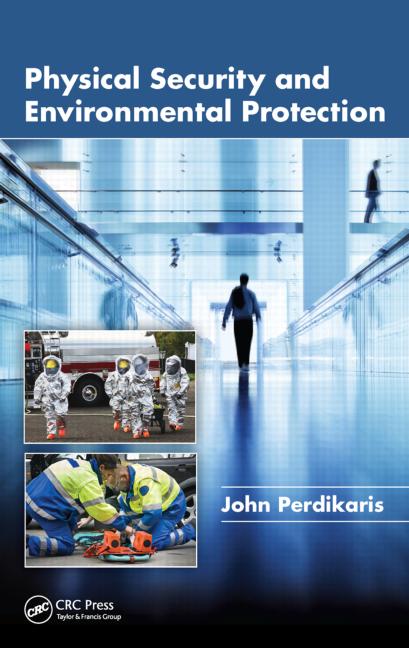Nest Reimagines Security Industry With Nest Protect


|
| Tony Fadell, Nest founder, speaks at CEDIA Expo 2013. Photo Courtesy of The Photo Group |
Nest Labs, makers of the Nest thermostat, just announced the Nest Protect: Smoke + Carbon Monoxide alarm. The form factor has that “cool Apple style” you’d expect. Starting right with the fact it is a modern, square box instead of a circular shape. The Nest Protect: Smoke + Carbon Monoxide, initially priced at $129, will be available in wired (120V) and battery-powered versions, in both white and black, in November. By 2014 it is expected to be available in a version that will be compatible with wired security systems. Yes, that’s right, Nest is targeting the security industry.
When Tony Fadell, co-founder and CEO of The Nest, announced the Web application programming interface (API) for the Nest thermostat was being made to developers looking to integrate the Learning Thermostat within their ecosystem, it was big news – and drew closer to security; then when Control4 was announced as the company's first development partner, it was big news that pulled security closer still. After all, Control4 functions as the operating system of the connected home, and its automation systems interface with more than 6400 third-party devices for comfort, convenience, lighting, entertainment and security.
Now, Nest is packing sensors in to the Nest Protect: Smoke + Carbon Monoxide alarm including a photoelectric smoke sensor, a CO sensor, a heat sensor, a light sensor, ultrasonic sensors and an activity sensor.
The product offers the same easy, experience-focused features we’ve come to expect from Nest’s Tony Fadell, who worked at Apple on the iPod and iPhone. Known as "the father of the iPod," Fadell has created 300 patents for consumer technology.
It is safe to say he will bring a unique spin to security as he dives deeper. For now, the Nest Protect: Smoke + Carbon Monoxide alarm goes beyond triggering an alarm, and actually identifies the problem and can speak to home owners. Say good-bye to opening windows and waving towels when you burn toast as well. The device disarms with a wave of the hand. Nest Protect integrates with mobile devices to send out alarms, as well as reminders when batteries are running low. Other features include a built-in nightlight, vocal alarms, and support for multiple languages. If multiple Nest Protects are installed throughout a home they can connect so home owners can hear alarms from anywhere in the home—even if the danger is only in one room.
“We made a smoke and CO alarm you’ll love, because hating it is dangerous,” the company says on its website, citing stats from the NFPA that 24 percent of the deaths were caused by fires in properties in which smoke alarms were present but failed to operate.
Those smoke alarm failures usually result from missing, disconnected, or dead batteries.
“When smoke alarms should have operated but did not do so, it was usually because batteries were missing, disconnected or dead. People are most likely to remove or disconnect batteries because of nuisance activations,” the NFPA states.
The Nest Protect continuously monitors its sensors, software and battery level. Every night when the lights are turned off, Nest Protect glows green for a moment to report the self-monitoring checked out. It glows yellow if something’s wrong. Home owners can also see the results on the Nest app at any time.
“Your smoke alarm shouldn’t keep you up thinking all night or rattle your dreams with a low-battery chirp. It should give you peace of mind and let you sleep soundly,” according to the Nest website. Peace of mind is a message that rings loud and clear in the security industry. What will come next from Nest?
Looking for a reprint of this article?
From high-res PDFs to custom plaques, order your copy today!








